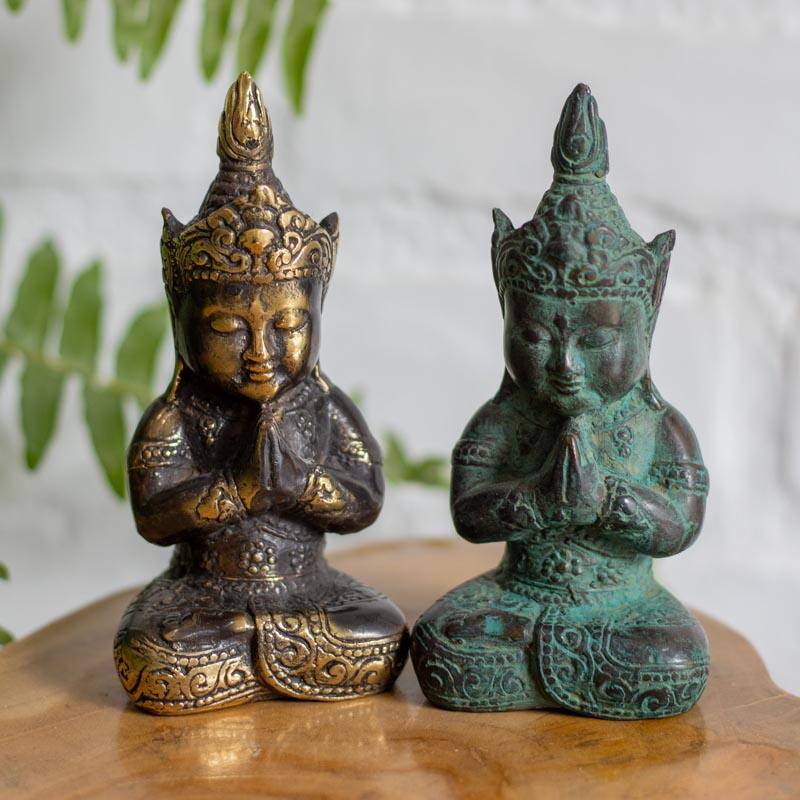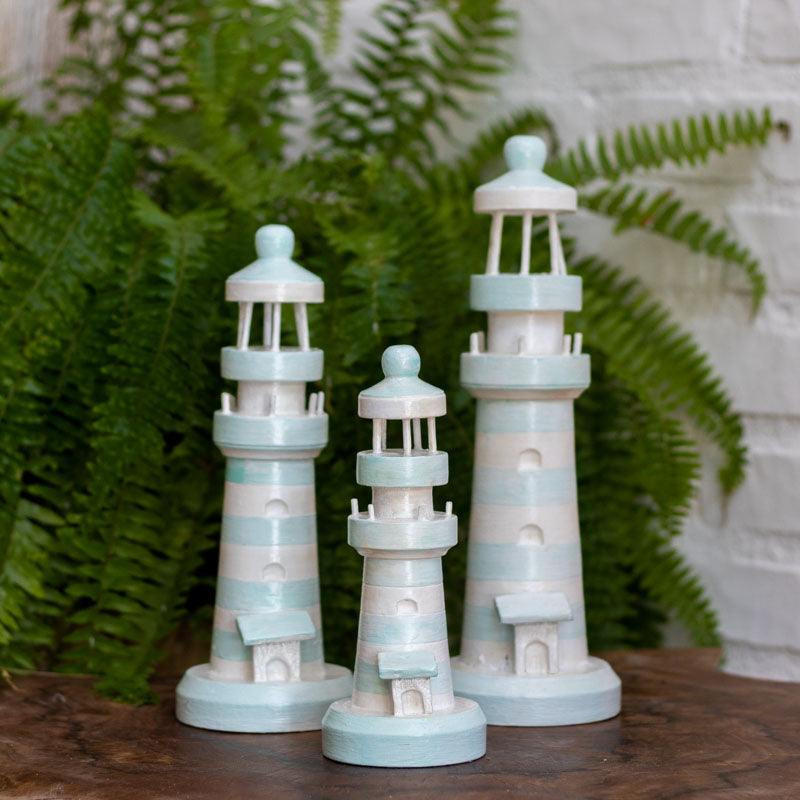Despite the artistic diversity that makes up Indonesian culture , the archipelago would not be the same without the handmade jewelry that prints fabrics and wooden crafts and keeps alive the traditions of artisans in different cities: batik art . The Javanese technique of handmade dyeing in layers, considered Indonesia 's cultural wealth by Unesco , corresponds to one of the most traditional artistic paintings produced in Java and sold in Bali .
The Javanese city of Yogyakarta is one of the great artistic centers that customize both traditional fabric batik creations , which make jariks and cover rattan bags , and decorative arts and utilitarian objects made of rustic wooden batik such as bowls , trays , ashtrays , pots , card holders and - the great masterpieces - colored masks for wall decoration .

The batik painting technique is entirely handmade and consists of isolating the surface that will be colored with wax, creating the design of the piece in “negative space”. The wax ( malam ) prevents the covered parts of the fabric from being pigmented with natural dyeing when the piece is submerged in liquid ink or painted, defining the pattern and coloring of each part of the surface. It is aided by an angle bracket ( canting or tjanting ) and/or metal stamps ( batik cap ). The latter reduce production time and make batik affordable.
Manual dyeing becomes even more time consuming when more colors are included in the pattern, since it is necessary to repeat the process with each addition of color, making it more laborious and costly. When all the drawing and coloring are ready, the product is submerged in boiling water so that the wax is released and reveals the beauty of the abstract design it has preserved.

Batik comes from the Malay word ambatik , which means woven with small stitches. And although the historical origin has not yet been defined, Kawung style patterns, one of the oldest in the artisanal painting technique, already designed the walls of Hindu temples in the 13th century, such as Prambanan in Yogyakarta . The Kawung geometric pattern is formed by the stylized design of the flower and fruit of the Areca palm tree and was originally used by sultans as a symbol of power, purity, fertility and hope.
There is a profound philosophical and symbolic value to the Kawung batik , whose design is elaborated by intersecting circles, associated with the structuring of the universe and with the goddess Shakti of Hindu mythology who represents universal energy and longevity. And beyond this there is a multitude of patterns in Indonesia's cultural heritage such as Kudus , Kediri , Jepara , Malang , Kalimantan , Bali , Ceplok , Aceh , Banten , Keraton , Pekalongan , Parong, among others. Batik Bali and Malang are most popular in Indonesia arts illustrating fabric and wood arts .

Both Balinese and Batik Malang reflect in bright colors and variations in organic shapes the liveliness and natural beauty of Bali and Java Island. Aspects of Balinese and Javanese art and history are exalted in the fauna and flora that inspire motifs that enrich Indonesian art ; mainly by styling pieces with a great visual and symbolic impact on the local culture, such as the wooden mask .
The sculpture of the wall masks adds new symbologies to the geometric and organic batik patterns. Details such as the inclusion of flowers in relief or the Garuda bird , vahana (vehicle) of the Hindu god Vishnu , symbol of the “upper world” and emblem of Indonesia , spreading its wings across the entire upper extension of the handmade mask reverberate its auspicious energies in the decoration wall , making the environment more positive.

For all the history they individually represent, when they come together as decorative art , mask and batik transform into an engaging and valuable work of art that enriches interiors with color. The pieces are mostly hand-painted asymmetrically so that the different styles of batik are valued as they ennoble the decoration .
By customizing unique Balinese handicrafts , whether functional or purely decorative, batik materializes as a potent and unique artistic expression . It is not surprising that this age-old tradition inspires works by contemporary artists such as the British Marina Elphick , who interpreted the Kawung and Parang styles in her own way to awaken different emotions with shapes and color effects.

The colorful batik objects and masks are portraits of the artistic excellence of Indonesian craftsmen , as the amount of colors and handcrafted details show how laborious the execution of each piece was. The unparalleled beauty is the result of the time and care dedicated to each step, giving the Balinese arts sold in our virtual store an invaluable value.
Namaste!
Milene Sousa - Art & Tune










